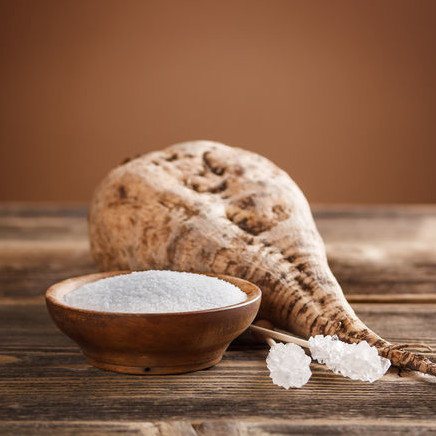Learning about beet sugar vs cane sugar can help shoppers decide which suits their needs better.
Learning about beet sugar vs cane sugar can help shoppers decide which suits their needs better.
Blog Article
Discover the Uses and Benefits of Beet Sugar Vs Cane Sugar in Your Daily Diet
Exploring the distinct top qualities of beet and cane sugar discloses greater than just their sweetening capacities; it highlights their unique influences on health and cookeries. Beet sugar, recognized for its subtle flavor, is frequently favored in delicate desserts, whereas cane sugar, with its hint of molasses, includes richness to robust recipes. Each kind holds its own nutritional account and glycemic ramifications, inviting a deeper understanding of their roles in a well balanced diet regimen and lasting intake practices.
Origin and Manufacturing Processes of Beet and Cane Sugar

The unique environments and dirt kinds needed for expanding sugar beetroots and sugarcane add to differences in their cultivation methods and geographic circulation, influencing the economics and sustainability of their production. beet sugar vs cane sugar.
Nutritional Comparison Between Beet Sugar and Cane Sugar
In spite of stemming from various plants, beet sugar and cane sugar are nutritionally really similar, both primarily being composed of sucrose. Each provides about 4 calories per gram, translating to roughly 16 calories per tsp. Structurally, both sugars are made up of about 99.95% sucrose, with very little amounts of other materials like dampness and trace element, which do not considerably alter their dietary profiles.

Eventually, when selecting in between beet sugar and cane sugar based upon dietary web content alone, both deal identical advantages and downsides as they are essentially forms of the very same molecule-- sucrose, giving quick power without other nutrients.
Effect On Health: Glycemic Index and Caloric Content
Checking out better right into the effects of beet sugar and cane sugar on health and wellness, it is necessary to consider their glycemic index and directory caloric material. Both sugars are categorized as sucrose, which includes glucose and fructose. This composition leads them to have a comparable influence on blood sugar levels. The glycemic index (GI) of both beet and cane sugar is around 65, classifying them as high-GI foods, which can trigger fast spikes in blood glucose degrees. This is an essential facet for individuals managing diabetic issues or those attempting to support their energy degrees throughout the day.
Each kind of sugar has about 4 calories per gram, making their calorie material matching. For those monitoring calorie consumption, especially when taking care of weight or metabolic health and wellness conditions, recognizing this equivalence is vital (beet sugar vs cane sugar). Excessive usage of any type of high-calorie, high-GI food can add to wellness problems such as weight problems, heart disease, and insulin resistance.
Environmental and Economic Considerations of Sugar Manufacturing
Beyond wellness impacts, the production of beet and cane sugar also elevates significant environmental and economic problems. Sugar beet farming has a tendency to require cooler environments and has a reduced geographical footprint contrasted to sugar cane, which grows in tropical regions.
In addition, using chemicals and fertilizers in both beet and cane sugar growing can lead to soil destruction and air pollution, more influencing biodiversity and local water bodies (beet sugar vs cane sugar). The choice in between cultivating sugar beet or cane usually hinges on neighborhood ecological conditions and financial factors, making the sustainability of sugar production a complicated concern
Culinary Applications and Flavor Distinctions
While the ecological and economic facets of sugar production are certainly significant, read this the selection in between beet and cane sugar likewise influences culinary applications and flavor profiles. Beet sugar, originated from the sugar beet plant, is known for its incredibly neutral preference. This makes it a flexible ingredient in cooking, where it does not change the taste of other elements. It liquifies swiftly and is suitable for usage in cakes, cookies, and breads.
Walking cane sugar, extracted from sugarcane, typically retains molasses traces, which give an unique splendor and depth. This minor molasses taste improves the intricacy of baked goods, sauces, and sauces. It is specifically preferred in things where a sugar touch is desired, such as in brownies or gingerbread. The mild variant in dampness web content between beet and cane sugar can affect the structure and consistency of dishes, making cane sugar a favored choice for particular recipes that benefit from its one-of-a-kind residential or commercial properties.

Conclusion
Finally, both beet and cane sugar have distinct origins and manufacturing processes, offering similar nutritional accounts with minor distinctions in sodium web content and flavor. While their influence on health, particularly concerning glycemic index and click reference calories, is comparable, the choice between them usually comes down to environmental, financial variables, and certain cooking requirements. Understanding these elements can assist customers in making educated decisions that align with their health and wellness goals and flavor choices.
Report this page